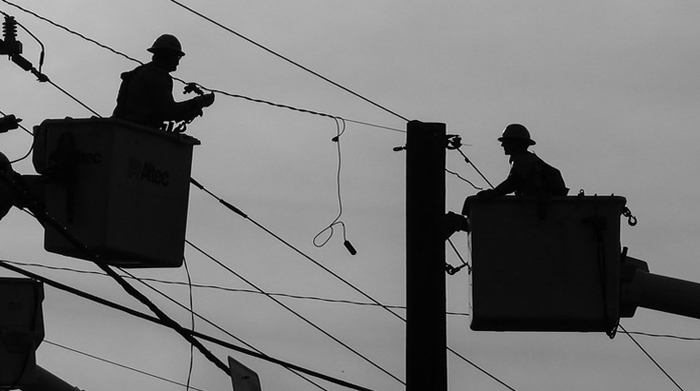Preventing Seasonal Grid Failures

Image courtesy of RubyT under Attribution-NonCommercial-NoDerivs 2.0 Generic License, resized to 700 x 391 pixels.
The threat of seasonal grid failures is on the rise. They occur when the demand for electricity surges during severe weather or similar events, straining the grid’s ability to keep up. If you’re reading this, chances are this is not Earth-shattering news to you, but what’s less obvious is what utilities should be doing to keep these occurrences to a minimum. Here’s what you need to know.
What Can Utilities Do to Reduce Seasonal Grid Failures?
First and foremost, it’s important to understand what causes seasonal grid failures. For the most part, it boils down to increased energy demand and weather-related challenges, exasperated by an ageing and in some cases antiquated infrastructure. Simply put, energy demand peaks when temperatures are at their hottest or coldest, sometimes leading to overloads, voltage fluctuations, or even system failures.
As for weather, 83% of U.S. outages are caused by severe weather events – storms and strong winds encompass 58% of this total, winter conditions like ice and snow account for 22%, and hurricanes account for 15%. An additional risk is that renewable energy sources like solar are less efficient and more unpredictable during stormy weather, further straining the generation capacity of the grid.
Obviously, these causes are largely beyond the utility industry’s control, but one thing that can be done is to take measures that make the grid better equipped to handle these circumstances. Measures might include upgrades such as smart inverters and control systems, energy storage technologies, and Internet of Things (IoT) monitoring solutions. The first step here is to identify existing weaknesses in the infrastructure, and then evaluate potential mitigation and self-healing tactics, including potentially conducting in-house R&D.
There is little doubt that seasonal grid failures will continue to become more frequent and severe, so the time is now to develop ways to counteract this trend. Utilities that don’t do this will be left blowing in the wind.



